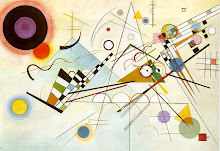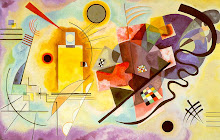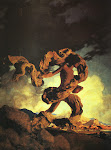The Fall of the Rebel Angels
1562
I'm back! The lack of updates over the past few days had to do with me running off for Memorial Weekend. I usually try to inform you when I'm going to be taking some time off, but that's not quite been the most accurate system. Oh well! On to the post.
Bruegel the Elder was a fabulous painter who created a lot of the imagery that surrounds our conception of biblical stories. His
The Tower of Babel, see below,
is an image that transformed my view of that Genesis tale in my childhood years. As for Bruegel's style, his descent from
Bosch is very evident, especially in works, such as the one above, where the swirling of demons and symbols echoes Bosch beautifully. There is also so much, not only in the myriad characters in his works, but also in his beautiful landscapes, which often go unnoticed, but held so much of the soul of his paintings.
The Hunters in the Snow (January)
1565
The Peasant and the Birdnester
1568
The Tower of Babel
1563
The Parable of the Blind Leading the Blind
1568
Big Fishes Eat Little Fishes
c. 1556
Christ and the Woman taken in Adultery
1565


























































